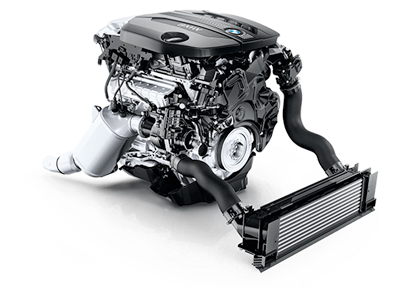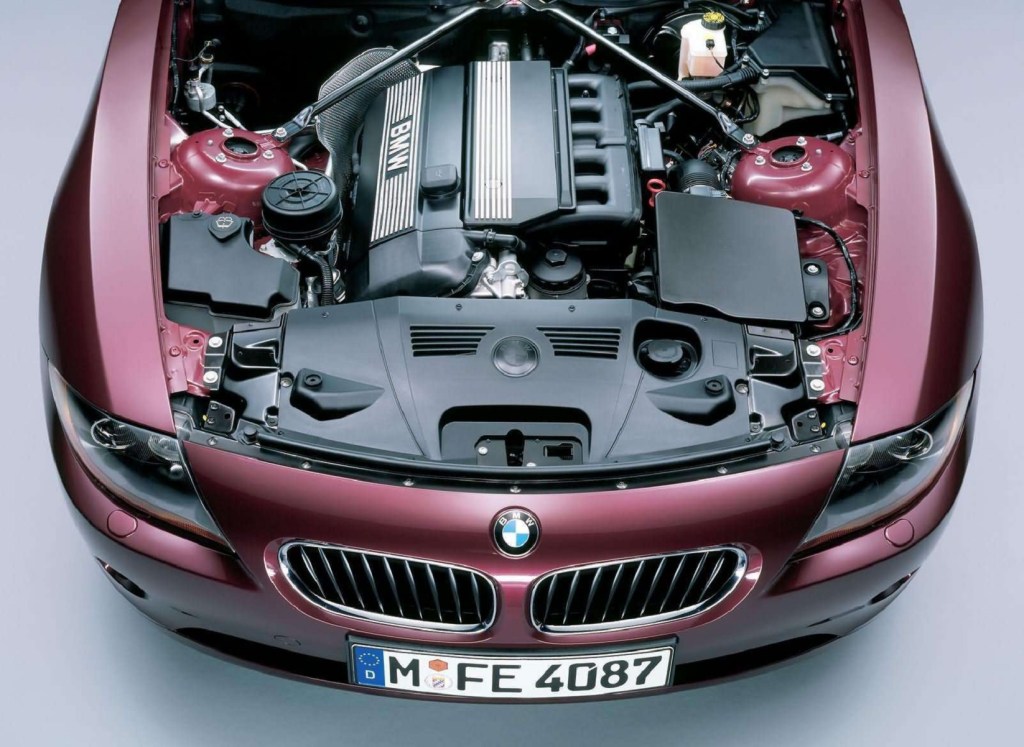Why the BMW Engine Is Taken Into Consideration Among the most effective in Deluxe Cars
Why the BMW Engine Is Taken Into Consideration Among the most effective in Deluxe Cars
Blog Article
Checking Out the Advancement of Burning Engines in Modern Transportation Equipments
As we browse the landscape of contemporary transportation, the advancement of burning engines stands as a testament to human resourcefulness and design prowess. The interaction of history, innovation, and environmental issues in forming the trajectory of combustion engines creates a story that is both insightful and engaging.
Early Beginnings of Combustion Engines
How did the principle of combustion engines initial emerge in the beginning of transportation advancement? The roots of combustion engines can be mapped back to the 17th century when the principles of internal burning were first checked out. In 1673, Christian Huygens conceptualized a standard internal burning engine that used gunpowder to create power. It had not been until the late 19th century that practical applications of burning engines in transportation started to emerge.
The breakthrough moment featured the creation of the initial successful gasoline-powered engine by Karl Benz in 1885 - bmw engine. This engine led the way for the advancement of the modern-day auto, transforming transport systems worldwide. Succeeding advancements by Nikolaus Otto and Gottlieb Daimler further refined combustion engine innovation, bring about the mass production of vehicles and the fast growth of the transport sector
These early combustion engines were defined by their simplicity and effectiveness, laying the foundation for the complex and powerful engines used in modern-day transportation systems. The development of combustion engines has been important in shaping the way we take a trip and transport items, noting a substantial turning point in the history of transportation development.
Change to Internal Combustion Technology
The change to inner combustion technology noted a crucial shift in the evolution of transport systems. This change began in the late 19th century, with inventors like Nikolaus Otto and Gottlieb Daimler creating the very first successful inner combustion engines. These engines transformed transport by providing a much more effective and reliable alternative to steam engines and electrical motors.
Among the key advantages of internal burning engines was their capability to be scaled down to match automobiles, leading to the growth of vehicles and bikes. This change from large, fixed engines to portable, mobile ones paved the means for the contemporary transport systems we see today.
The shift to inner combustion modern technology likewise stimulated improvements in fuel innovation, leading to the advancement of gasoline and diesel as main gas sources for cars. This change not only made transport more easily accessible to the masses yet likewise laid the structure for the oil and gas industry to end up being indispensable to global economic situations.
Impact of Combustion Engines on Transport
The fostering of combustion engines in transport systems catalyzed a profound shift in the performance and rate of global wheelchair. Burning engines revolutionized transportation by giving a dependable and versatile source of power for different automobiles, consisting of cars, airplanes, ships, and trucks. This advancement dramatically enhanced the capacity for people and goods to conform fars away in much shorter amount of time, resulting in enhanced connectivity in between regions and nations.
Additionally, the widespread use of combustion engines has had a considerable impact on economic growth. The capacity to transport goods efficiently has stimulated profession and business, enabling companies to expand their markets and reach customers worldwide. This has actually assisted in economic growth and globalization, as items can currently be carried quicker and in larger amounts than ever.
Nevertheless, the environmental influence of burning go to my site engines can not be ignored. The combustion of nonrenewable fuel sources has actually caused air pollution and greenhouse gas emissions, adding to climate change and posturing health and wellness dangers to populations. bmw engine. As a result, there is a growing focus on developing alternative propulsion modern technologies to reduce these negative results and produce an extra lasting future for transportation
Technologies in Combustion Engine Layout
Many developments in burning engine style have actually driven the evolution of transport systems over the decades. One remarkable development is the advancement of turbocharged engines, which use exhaust gases to drive a generator that compresses inbound air, permitting more gas to be charred, causing enhanced power result without a significant boost in engine size. Furthermore, straight injection modern technology has enhanced gas efficiency and performance by specifically controlling the amount and timing of gas injected right into the combustion chamber. Variable valve timing systems have also revolutionized engine layout by optimizing air flow at various engine speeds, boosting both power and efficiency. One more considerable advancement is the combination of light-weight products such as carbon fiber and light weight aluminum alloys, reducing general engine weight and boosting lorry fuel economic situation. Furthermore, improvements in computer-aided layout have actually enabled engineers to optimize engine performance and effectiveness with simulations prior to physical models are constructed, conserving time and resources in the development process. These advancements collectively add to the constant enhancement of combustion engines in modern transportation systems.
Future Trends in Burning Engine Advancement
With technology advancements driving continual advancement, the future of combustion engine growth is positioned to revolutionize transport systems internationally. One of the vital patterns in combustion engine growth is the push in the direction of higher efficiency and lowered discharges. Manufacturers are spending heavily in r & d to boost engine performance while satisfying strict environmental guidelines. This includes the assimilation of advanced gas injection systems, enhanced turbocharging methods, and making use of lightweight materials to maximize fuel intake and minimize carbon exhausts. my site
One more noticeable trend is the adoption of hybrid modern technologies in combustion engines. Hybrid engines integrate typical combustion technology with electric power, using boosted fuel efficiency and lower discharges. As the auto industry shifts towards electrification, crossbreed burning engines are viewed as a transitional remedy that bridges the gap between traditional automobiles and totally electrical ones.
In addition, the integration of smart innovations, such as man-made knowledge and information analytics, is anticipated to play a substantial duty in the future of burning engine growth. These modern technologies can maximize engine efficiency in real-time, leading to more efficient burning procedures and boosted general car performance. Embracing these future trends will not just read what he said drive innovation in combustion engine advancement however additionally contribute to a much more ecologically friendly and sustainable transport ecosystem.

Conclusion
In conclusion, the evolution of combustion engines in modern transport systems has been marked by substantial improvements in innovation and design. From the very early beginnings of burning engines to the transition to internal burning technology, these engines have actually had an extensive impact on transport.
The roots of burning engines can be traced back to the 17th century when the concepts of interior combustion were initial checked out. These engines revolutionized transport by supplying a more reliable and powerful option to steam engines and electrical motors.

Report this page